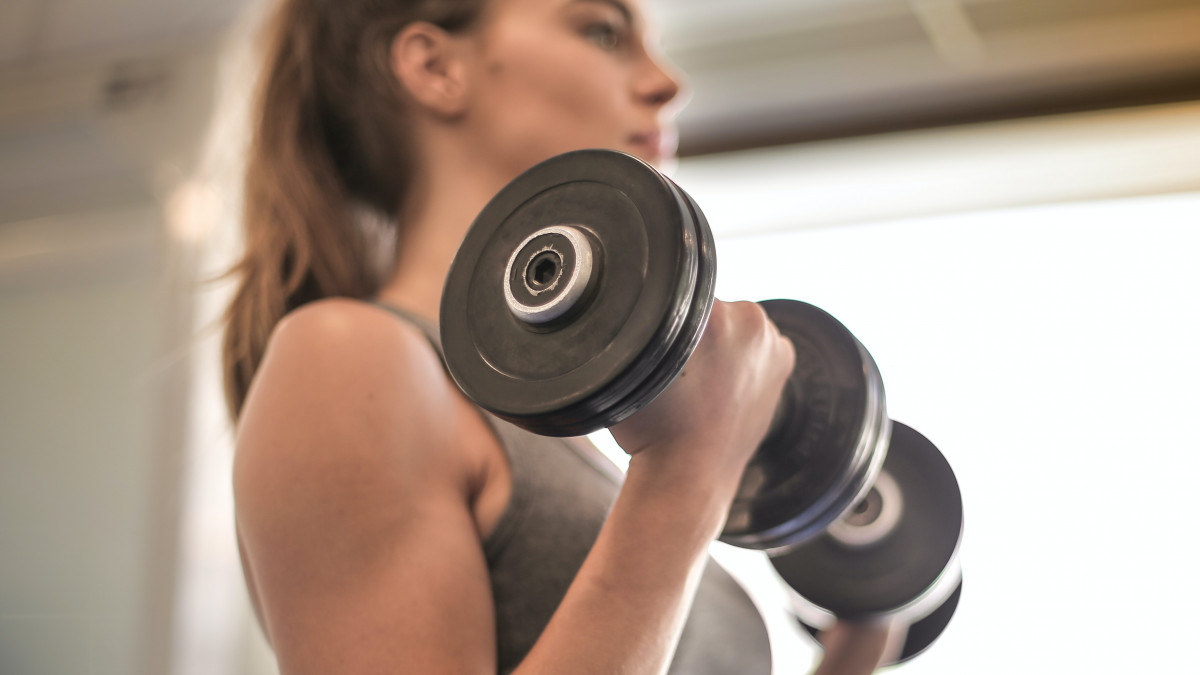Weight Training? Won't That Make Me Bulky?!

In the dance world, particularly in ballet, there is an outdated view still lingering that lifting weights will make you bulky. Being described as “bulky” has some negative connotations in the dance industry unfortunately. Keep in mind, though, that weight lifting is not the same as body building.
The Science Behind Muscle Growth
First, let's delve into the science of muscle growth. Muscle hypertrophy, the process of increasing muscle size, is driven by several key physiological mechanisms that depend on genetics, diet, and type of training. When muscles are subjected to resistance training, microscopic damage occurs to the muscle fibers. This damage initiates a natural repair process where satellite cells (a type of stem cell) activate and fuse to the damaged fibers, leading to an increase in muscle fiber cross-sectional area. Additionally, resistance training elevates levels of hormones such as testosterone, growth hormone, and insulin-like growth factor-1 (IGF-1), which further promote muscle protein synthesis. Nutrition also plays a crucial role here, as adequate protein intake provides the necessary building blocks for muscle repair and growth.
However, achieving significant hypertrophy requires a consistent training stimulus, often involving lifting progressively heavier weights multiple days per week and consuming a caloric surplus to fuel muscle growth. This combination of mechanical tension, muscle damage and repair, and metabolic stress is essential for inducing hypertrophy.
Why Weight Lifting Won’t Make Dancers Bulky
Training Regimen: Dancers need a variety of training techniques, including cardiovascular exercises, flexibility training, and skill-specific practice. When dancers lift weights, they typically aren’t lifting weights close to their 1 rep max (1RM), which is the amount of weight that can be lifted only once before failure. Weight lifting 2-3 days a week at 70-80% of 1RM is a sufficient enough stimulus to improve strength without "bulking up."
Protein and Caloric Intake: Building large muscles requires a calorie surplus. In order to “bulk up,” bodybuilders look closely at their diet. They need extra protein and calories to support the new muscle being built; sometimes upwards of 3500 calories per day with 30-35% of those calories coming from high protein sources. Most dancers maintain a diet that supports their energy needs without the excess calories required for bulking up.
Hormonal Differences: For female dancers, hormonal differences play a significant role. Women generally produce much less testosterone than men, a hormone critical for muscle growth. This hormonal disparity makes it more challenging for women to develop large muscles, even with strength training.
Now that we’ve established how difficult it actually is to get “bulky” from weight lifting. Check out a previous blog that goes through 10 benefits of strength training that dancers can take advantage of to improve their dancing.
Weight lifting is a powerful tool that can significantly enhance a dancer’s strength, performance, and overall health without leading to unwanted bulkiness. By understanding the science behind muscle growth and adopting a balanced training approach, dancers can reap the benefits of weight lifting while maintaining their desired physique. Working with a dance science/medicine specialist can help you design a good program too. It takes the guesswork out of it.
Dancers saying that they are going to get bulky and look like a bodybuilder if they start lifting weights is like a non-dancer saying they are going to get hired to be in the corps of the New York City Ballet after only one year of dance training…pretty much impossible. So, embrace the weights, and let them elevate your dance to new heights of strength and grace.
I have read and agree to the terms & conditions. We will not spam you.
 Dr. Chelsea Moehlenbrock
Dr. Chelsea Moehlenbrock 